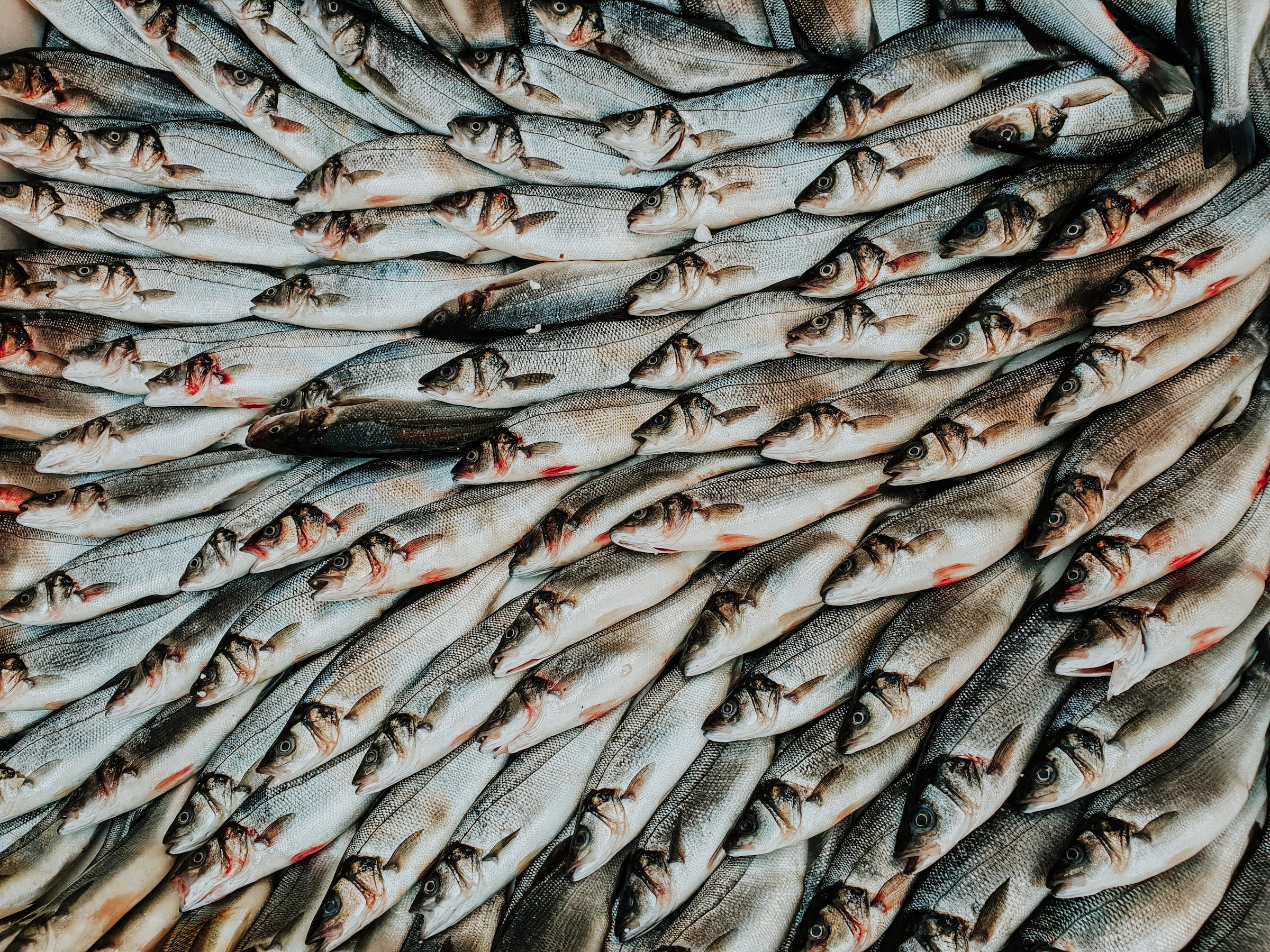Overfishing: The most serious threat to our oceans

Of all the threats facing the oceans today, overfishing takes the greatest toll on sea life — and people.
What is overfishing?
Overfishing is catching too many fish at once, so the breeding population becomes too depleted to recover. Overfishing often goes hand in hand with wasteful types of commercial fishing that haul in massive amounts of unwanted fish or other animals, which are then discarded.
As a result of prolonged and widespread overfishing, nearly a third of the world’s assessed fisheries are now in deep trouble — and that’s likely an underestimate, since many fisheries remain unstudied.
What are the effects of overfishing?
Overfishing endangers ocean ecosystems and the billions of people who rely on seafood as a key source of protein. Without sustainable management, our fisheries face collapse — and we face a food crisis.
What are the causes of overfishing?
Poor fishing management is the primary cause. Around the world, many fisheries are governed by rules that make the problem worse, or have no rules at all.
What’s the solution to overfishing?
With smarter management systems, known as fishing rights, we can reverse the incentives that lead to overfishing. Under fishing rights, fishermen’s interests are tied to the long-term health of a fishery. Their income improves along with the fish population.
Does it work?
Yes. In Belize, Denmark, Namibia, the United States and elsewhere, fishing rights have helped transform struggling fisheries. In the Gulf of Mexico, red snapper populations are three times what they were in 2007 when we helped reform that fishery. We are working to ensure that sustainable fishing is firmly established in the U.S. and other countries.










